Chai Style Art: Dancing With Wolves on the BeltLine
Artist Laura Adams and author/photographer Andrew Feiler share their fascinating journey of restoring a part of Southern history and providing public art.
After 37 years with the Atlanta Journal-Constitution and now with the AJT, , Jaffe’s focus is lifestyle, art, dining, fashion, and community events with emphasis on Jewish movers and shakers.
When Laura Adams married fifth-generation Georgian Andrew Feiler, in lieu of traditional gifts, family and friends conspired to honor the newlywed’s NO GIFT request with public art to be placed near the couple’s home, a stone’s throw from the BeltLine.
Dovetailing with Adams’ and Feiler’s proclivity for civic responsibility, affinity for art and conservation, artists from around the world were asked to submit proposals for the site. The result, recently installed, is Chris Condon’s “Canis Rufus,” depicting the highly endangered red wolf, which once was the largest mammal solely native to the U.S. and freely roamed Georgia.
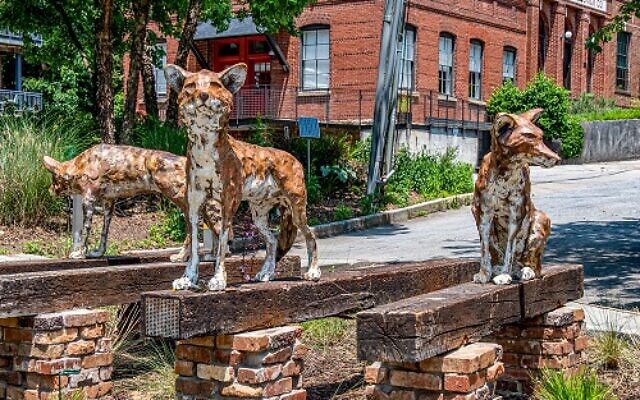
Fine art photographer, activist, and author Feiler said, “Condon’s proposal was selected because of its three components: bricks — collected from the neighborhood, which reference our home in the B. Mifflin Hood Brick Company building just behind the site; railroad ties — which reference the history of the BeltLine: and the endangered red wolf — which speaks to the earlier history of the area. These historical and environmental messages were the reasons we were excited about this design.”
Adams creates her work out of her Brickworks Gallery art studio on the home’s east wing. She “paints” magnificent wildlife collages out of textured and patterned papers from around the world rather than using traditional paints. The images appear to jump out of glistening reeds, soar, and stun.
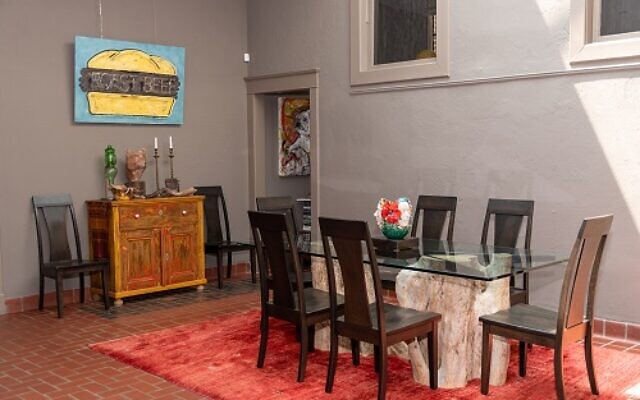
See how these community-aware citizens help make Virginia-Highland so “howlingly” special.
Marcia: How did you execute “Canis Rufus”?
Andrew: The surprise wedding present was really a “concept.” It took several years of working with the city to determine who owned the site and then which departments had authorization over the site. No one had ever done this before! City Councilmember Jennifer Ide was instrumental.
Laura: It’s a joy to watch people walk by, stop, or bring flowers as offerings. Many are mesmerized by the sculpture. We have even received thank you notes from neighbors. I like that it’s an accessible piece. Something different appeals to everyone. The wolf forms are so life-like that dogs growl at it!
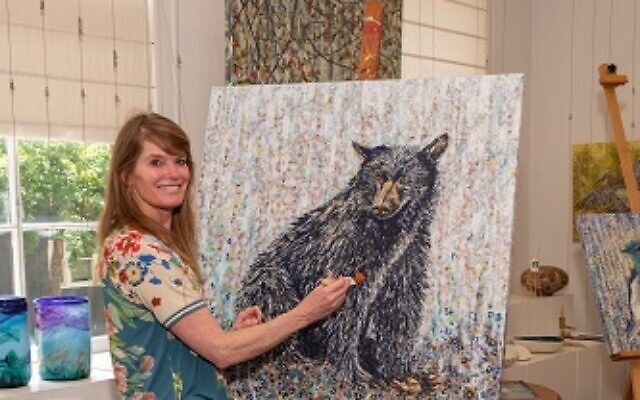
Marcia: What drew you to the B. Mifflin Hood Brick Company building?
Andrew: While living in Candler Park, we stumbled across this old structure and fell in love with it. We started researching its history and quickly found that we’d been dealt a saint. B. Mifflin Hood was a rare Southern Progressive who was horrified when he found that his brick company competitors participated in the convict leasing system, one of the most egregious practices of the Jim Crow era. It was Hood who led the ultimately successful effort to ban convict leasing in Georgia. It is because of his leadership in that fight that our building is now listed on the National Register of Historic Places.
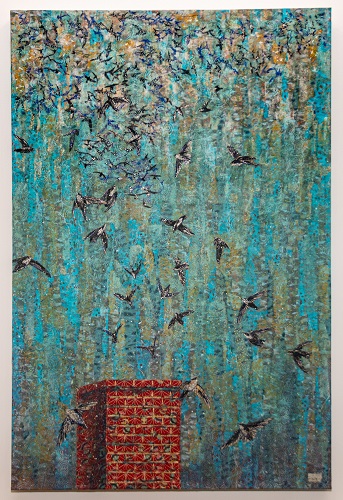
Marcia: How did you make it a home?
Laura: We hired architect Brian Bell (BLDGS), to create a plan to convert a rectangular office space and showroom from the 1920s into a comfortable, functional home. Brian was masterful with preserving the architectural details, the flow and light of this old building, and turning it into a space that we love to inhabit. We have added a terraced backyard garden with herbs and summer vegetables mingled with native plants and wildflowers.
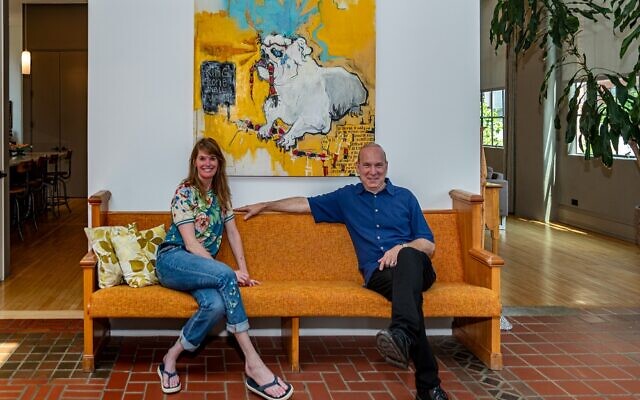
Marcia: Your photography has inspired a symphony and is helping to create a new U.S. national historical park. You were named 2022 “Book Photographer of Year” by the Paris Photo Prize. You’ve had museum exhibitions at places like Atlanta’s National Center for Civil and Human Rights and Memphis’s National Civil Rights Museum. You have an exhibition upcoming later 2023 at the Museum of Southern Jewish Experience in New Orleans.
Andrew: I’ve been a serious photographer for most of my life. A dozen years ago, I began to find my voice as a photographer. I had long been active in the nonprofit and political worlds, and I found that my creative voice was an extension of my civic voice. My work today combines image and story as well as history and contemporary issues.
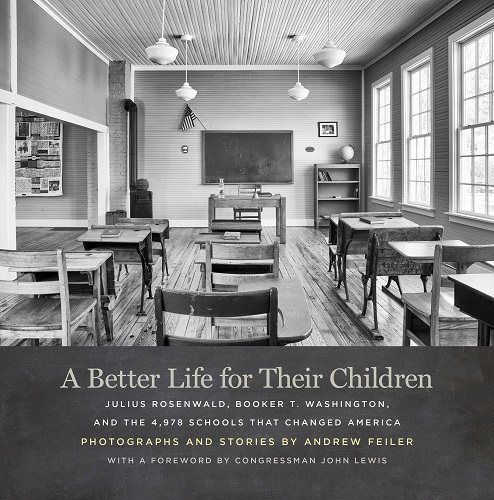
Marcia: You’re traveling the U.S. speaking about your book, “A Better Life for Their Children: Julius Rosenwald, Booker T. Washington, and the 4,978 Schools that Changed America.” What’s the nexus of it?
Andrew: The partnership between Rosenwald and Washington was one of the earliest collaborations between Jews and Blacks in the cause for civil rights. Between 1912 and 1937, a time when there were few public schools for Blacks, the Rosenwald schools program built 4,978 schools across 15 states and transformed America.
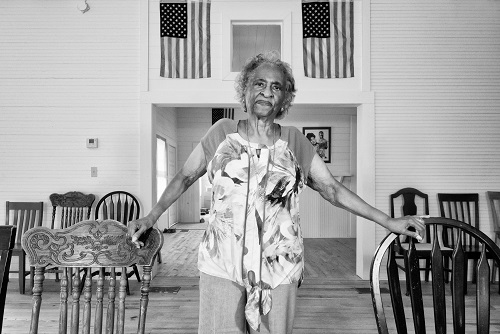
Marcia: For more than 20 years, your work has been shown in galleries, juried exhibitions, and private collections.
Laura: I’m a collage artist concentrating on flora, fauna, and birds. I use textured papers, and exotic patterned papers that I cut and layer using a clear acrylic medium to saturate, blend, and layer the papers. The result is a “painting” with a three-dimensional effect from all the layering. I use papers from around the world — Japan, Nepal, Italy, Mexico as my medium. I show my work around the country and am currently in galleries in New York, Charleston, Richmond, Nashville, Beaver Creek, and Lenox, Mass.. I’ve been an invited exhibiting artist at the Southeast Wildlife Exposition Fine Art show in Charleston for the last 11 years. Later this year, I will be working on commission for corporate, hospital, and private clients internationally.
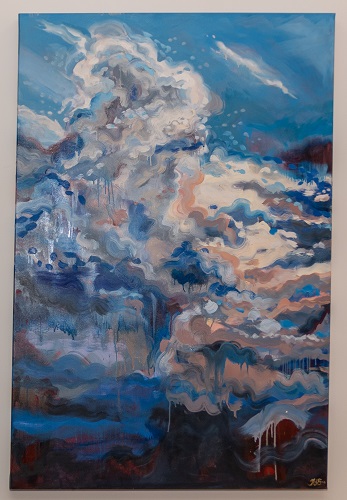
Marcia: You’re into nature.
Laura: We just returned from a birding trip to Michigan’s Upper Peninsula. Later this year, we travel to East Africa and, in 2024, I’m taking birding trips to Panama and Colorado. These trips have and will inspire many of my pieces. My large piece, “Chimney Swifts,” hangs in our living room depicting the swifts swirling into the industrial-era chimney of our home. The chimney used to service a boiler system for the building. It’s no longer active, but it’s been the summer home of these aerial insectivores for about 100 years.
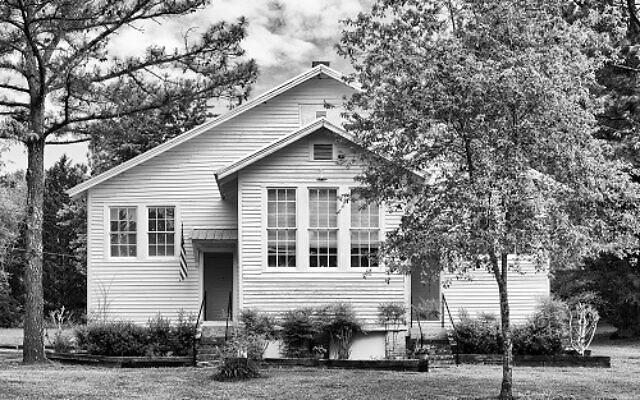
Last word…
Andrew: Our friends and family came together to help commission a piece of public art in honor of our marriage. The sculpture is now owned by the City of Atlanta and stands on the BeltLine. Perhaps this example will inspire others to make public art part of milestone moments.
- Chai Style
- art
- Marcia Caller Jaffe
- Laura Adams
- Andrew Feiler
- beltline
- Chris Condon
- Canis Rufus
- B. Mifflin Hood Brick Company
- Brickworks Gallery
- Jennifer Ide
- Candler Park
- B. Mifflin Hood
- Brian Bell
- Virginia Highland
- National Center for Civil and Human Rights
- National Civil Rights Museum
- Museum of Southern Jewish Experience
- Julius Rosenwald
- Booker T. Washington
- Upper Peninsula



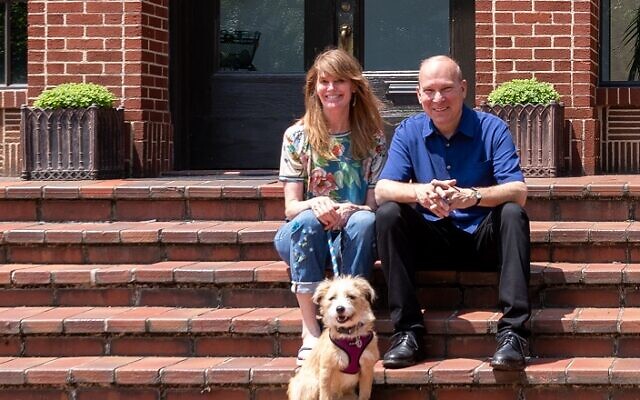
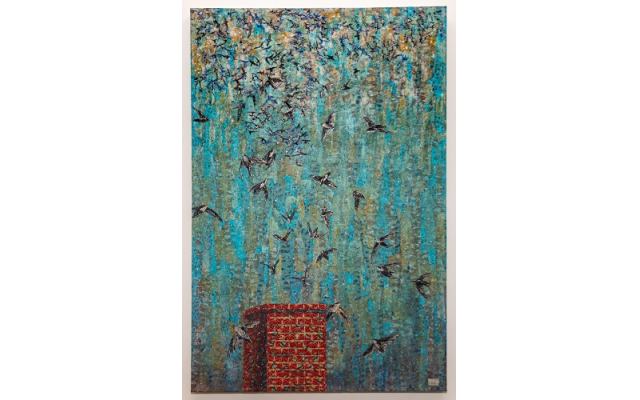
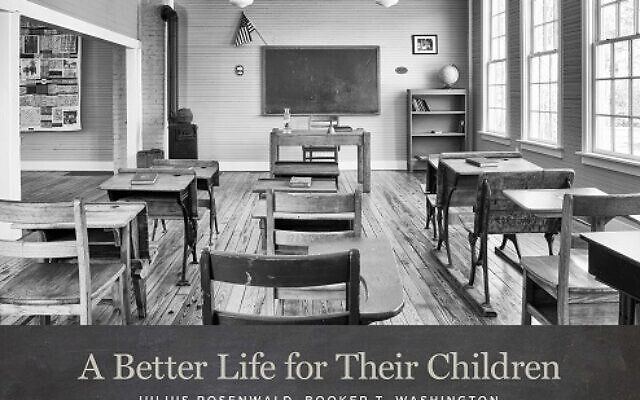
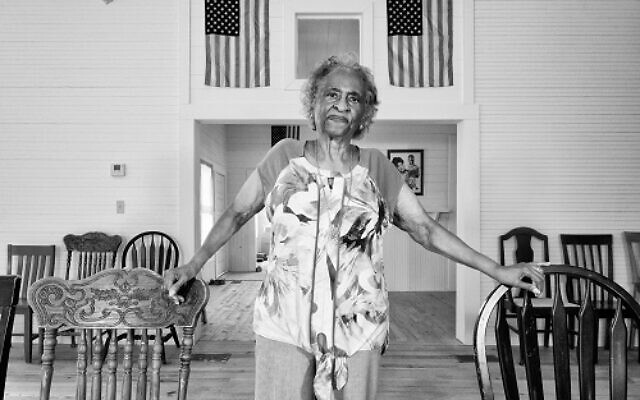
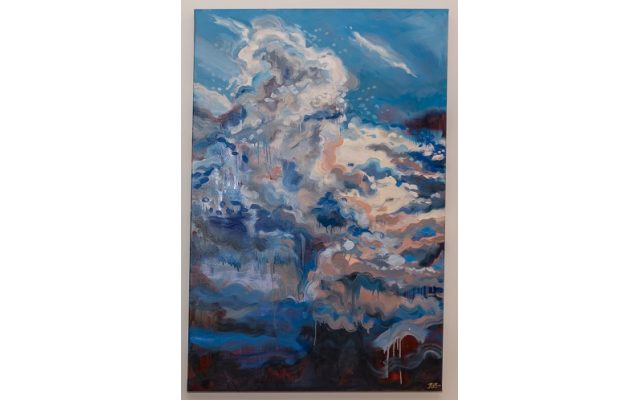
comments